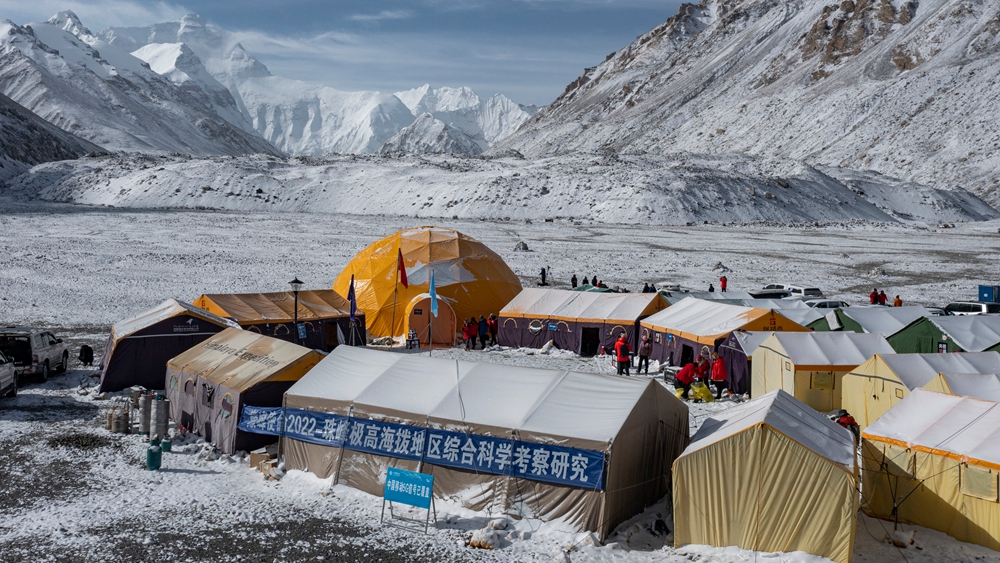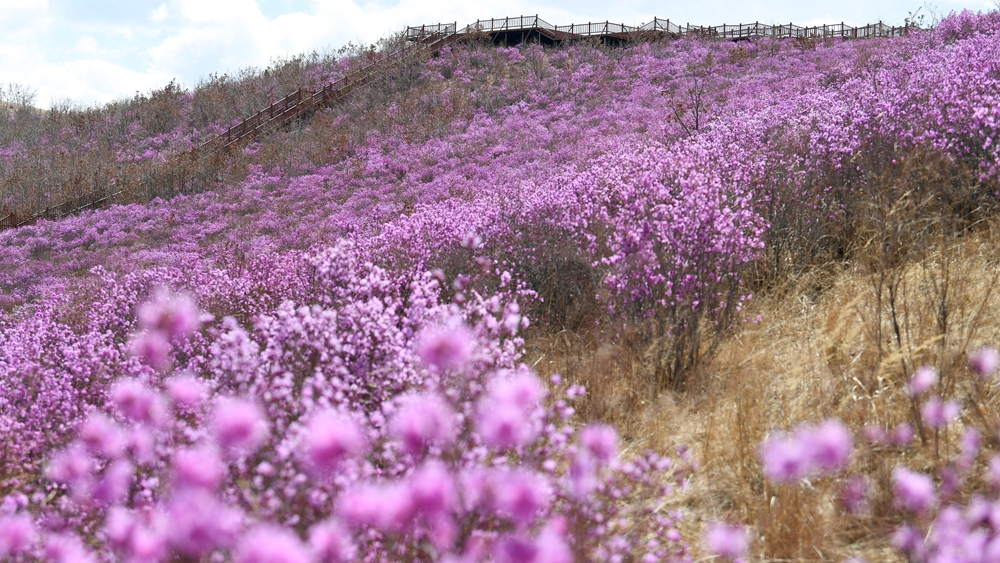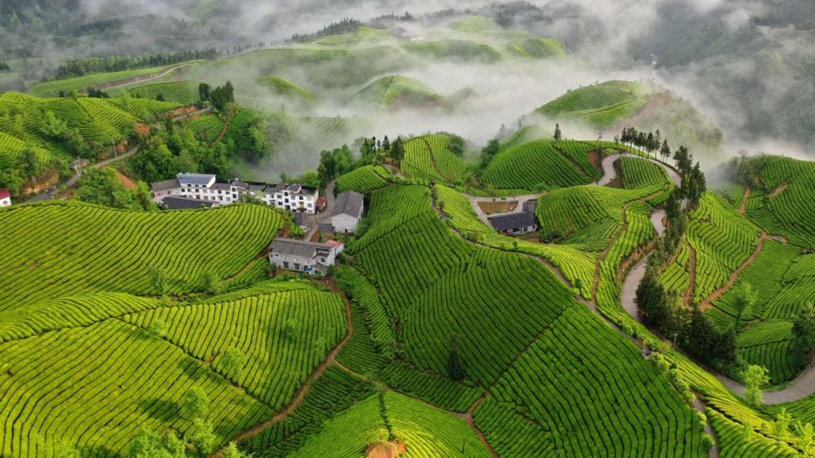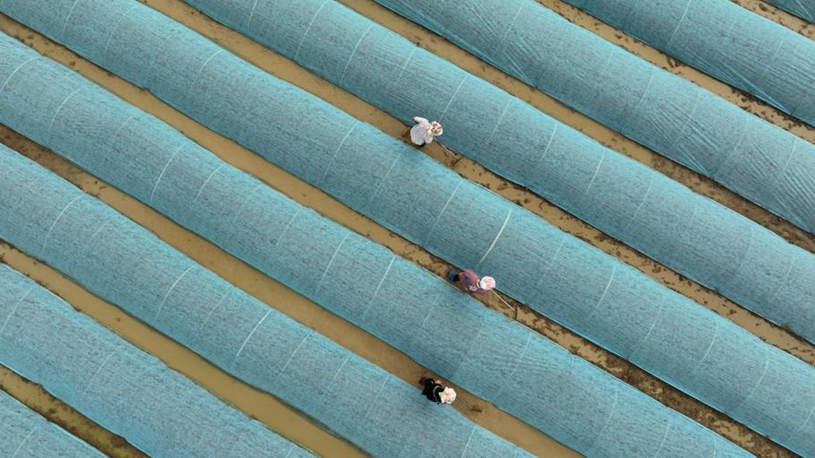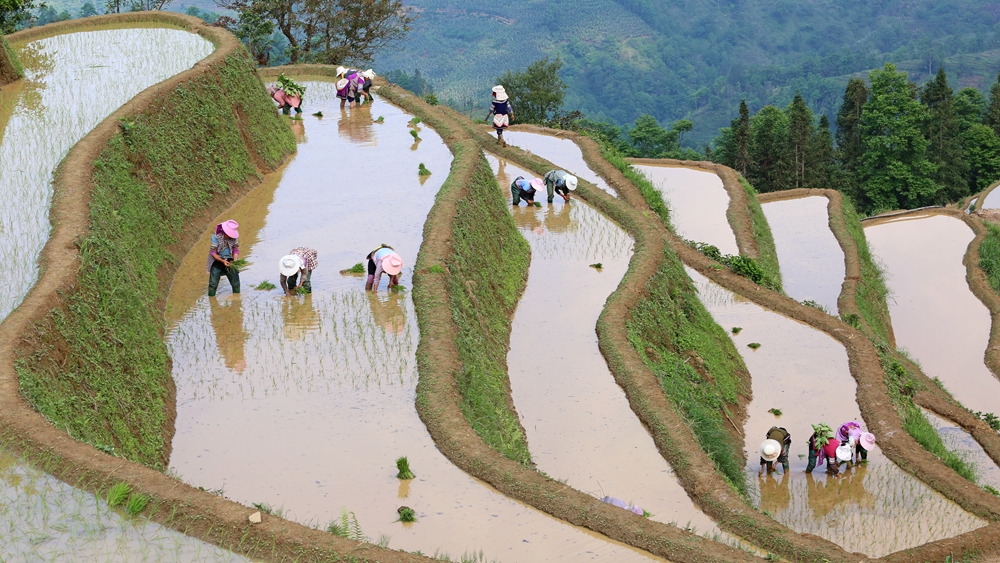
Photo shows a bird in the Zapata Peninsula, in the province of Matanzas, Cuba, on April 7, 2022. (Xinhua/Joaquin Hernandez)
The island nation is home to six biosphere reserves recognized by the United Nations Educational, Scientific and Cultural Organization (UNESCO), 14 national parks and more than 200 seaside resorts.
HAVANA, May 4 (Xinhua) -- The Cuban government is stepping up its commitment to sustainable tourism, implementing measures to protect beaches and biodiversity from the impact of climate change in the Caribbean region.
As part of these actions, the country continues to carry out a government plan launched in 2017 to adopt adaptation strategies to tackle a changing climate, with the participation of different sectors of the Cuban economy and society.
The plan includes goals to be met by 2030, as well as long- and very long-term strategies for 2050 and 2100, according to authorities in the scientific sector of Cuba.
Minister of Science, Technology and Environment Elba Rosa Perez told Xinhua that tourism expansion plans call for building hotels further away from the coastline, due to the potential rise in sea levels over the coming decades.
Work is also being done to protect sand dunes, and the flora and fauna at tourism destinations.
"The tourism sector has been, and is, strategic given its contribution to economic and social development, in harmony with the protection of the environment," Perez said, noting that investment projects are underway to improve water management and recycling.
Head of the beach recovery project at the island's Jardines del Rey tourism destination, Miguel Izquierdo, stressed the importance of the initiative carried out at the site by the Ministry of Science, Technology and Environment, and the Ministry of Tourism.
"This project emerges from the need to combat coastal erosion, which in Cuba's case occurs more severely on the coasts of the keys, due to their fragility," said Izquierdo.
The science and tourism sectors are working together to promote sustainable tourism in Varadero, Cuba's top seaside resort, as well as in marshy Cienaga de Zapata and keys to the north of Villa Clara province, among other sites of interest.
According to Cuban meteorologist Jose Rubiera, coming hurricane seasons will be more active in the Caribbean region, a fact that must be taken into account to take effective climate change action.
"We will have more hurricanes and therefore more coastal flooding, so risk management is essential," said the meteorologist, highlighting Cuba's progress in that direction.
So far this year, Cuba has welcomed more than 450,000 foreign visitors, and is on track to see more than 2.5 million international travelers by year's end, data from the Tourism Ministry show.
The island nation is home to six biosphere reserves recognized by the United Nations Educational, Scientific and Cultural Organization (UNESCO), 14 national parks and more than 200 seaside resorts. ■


